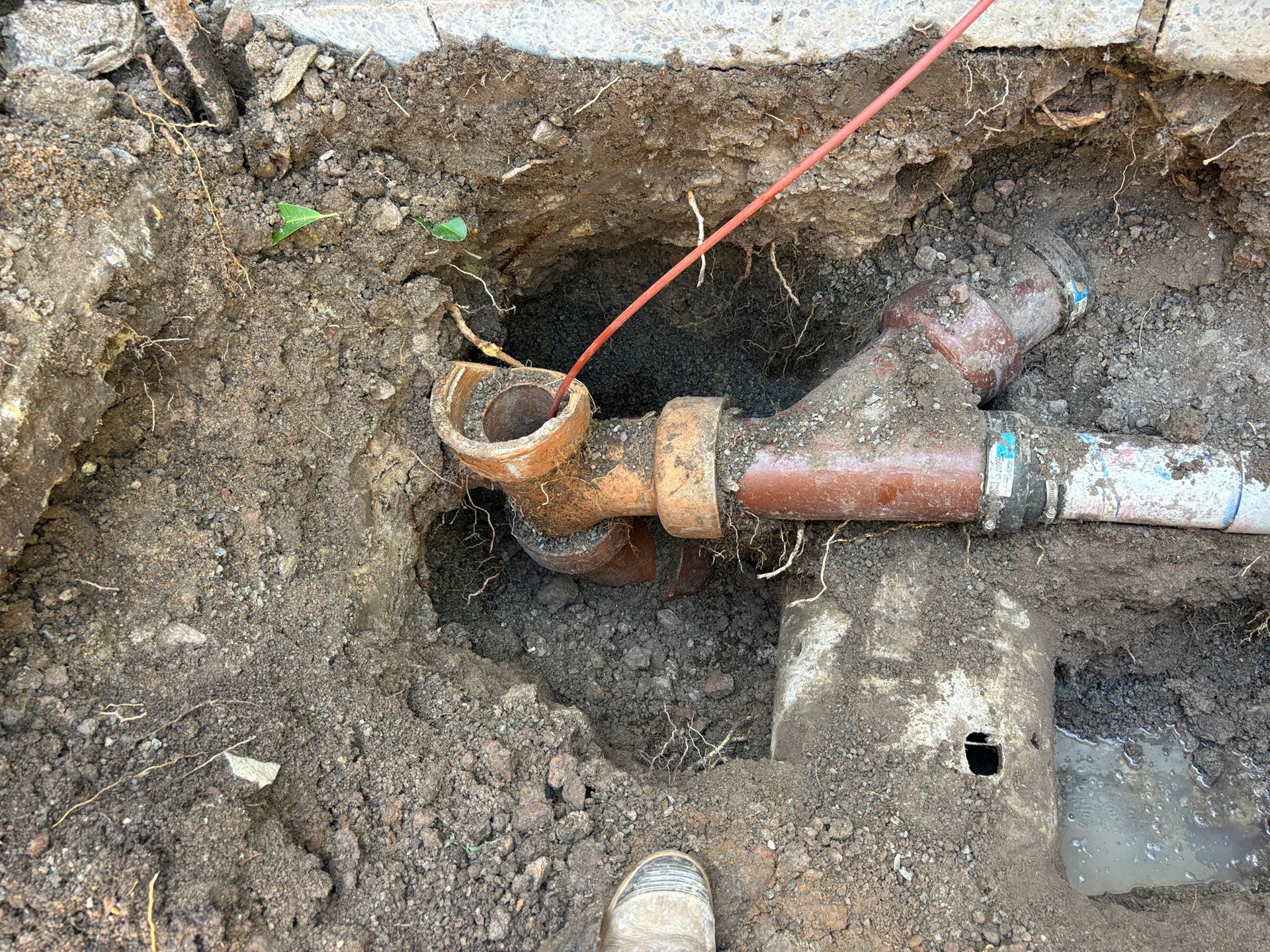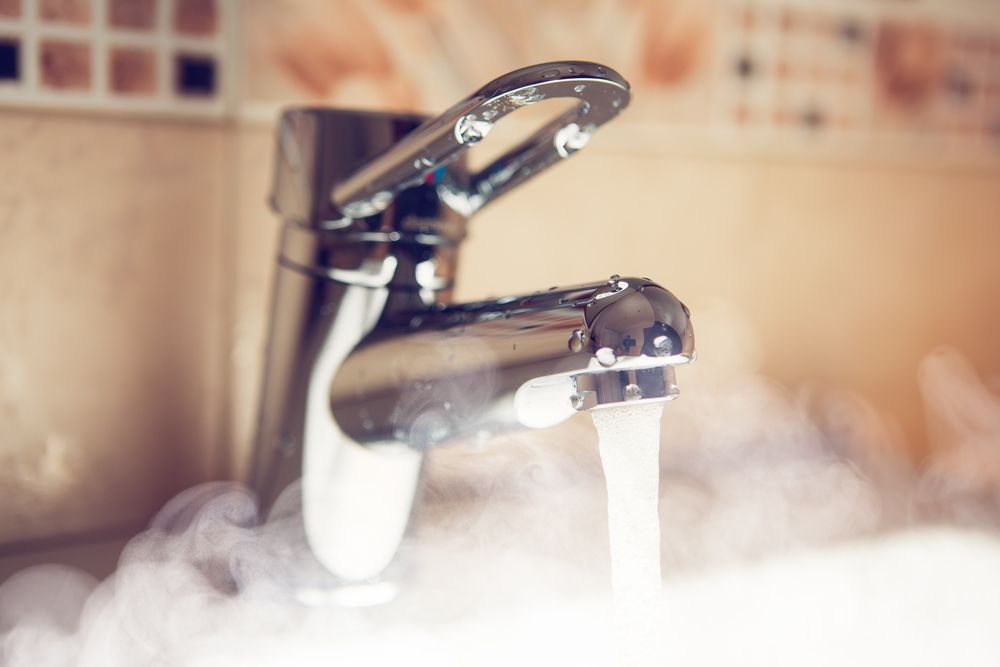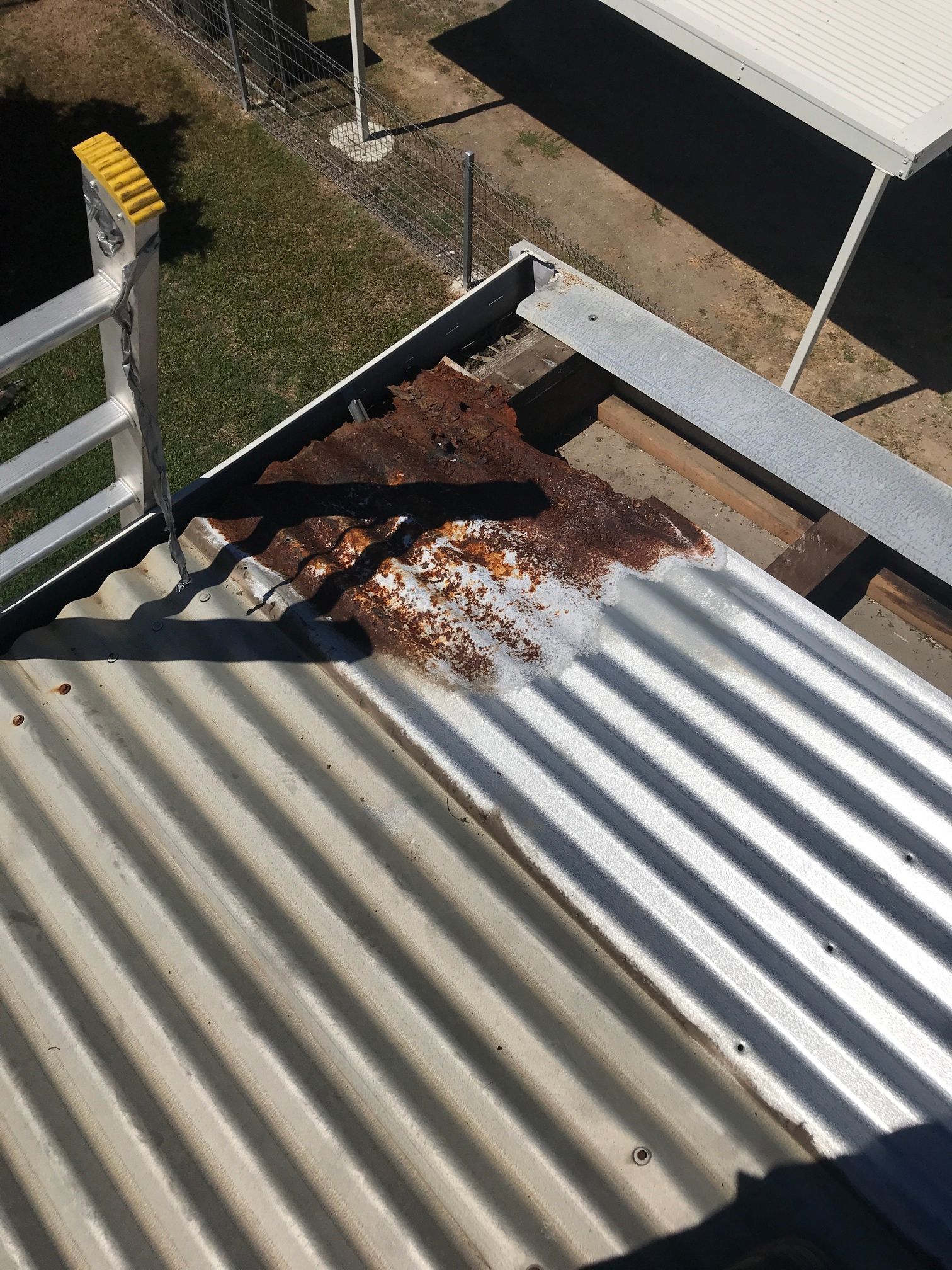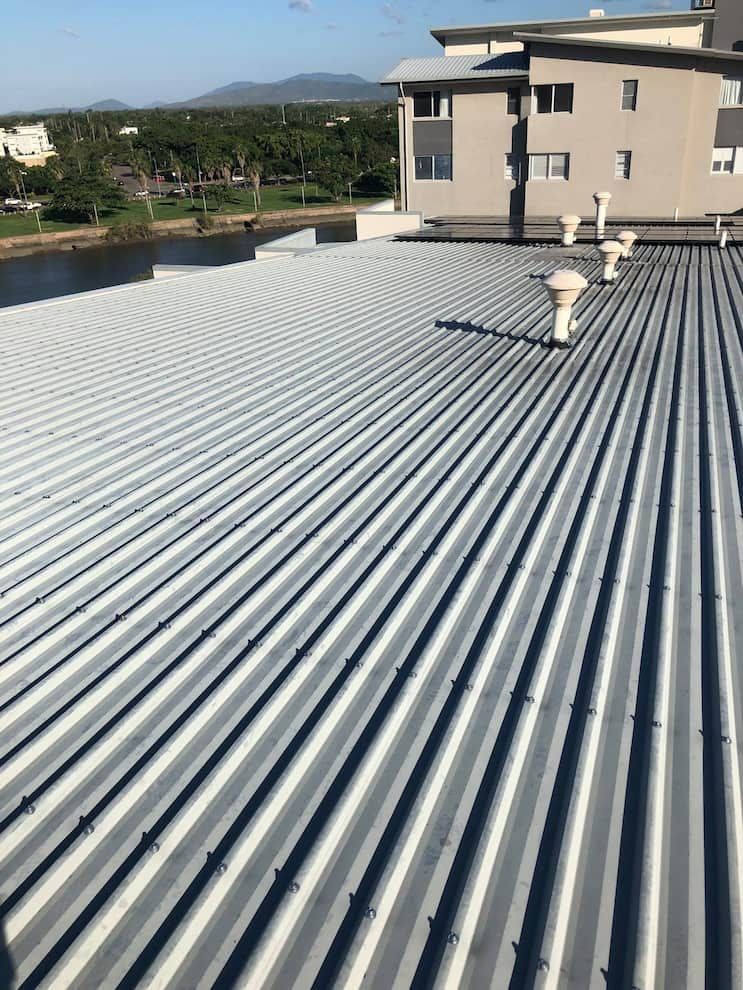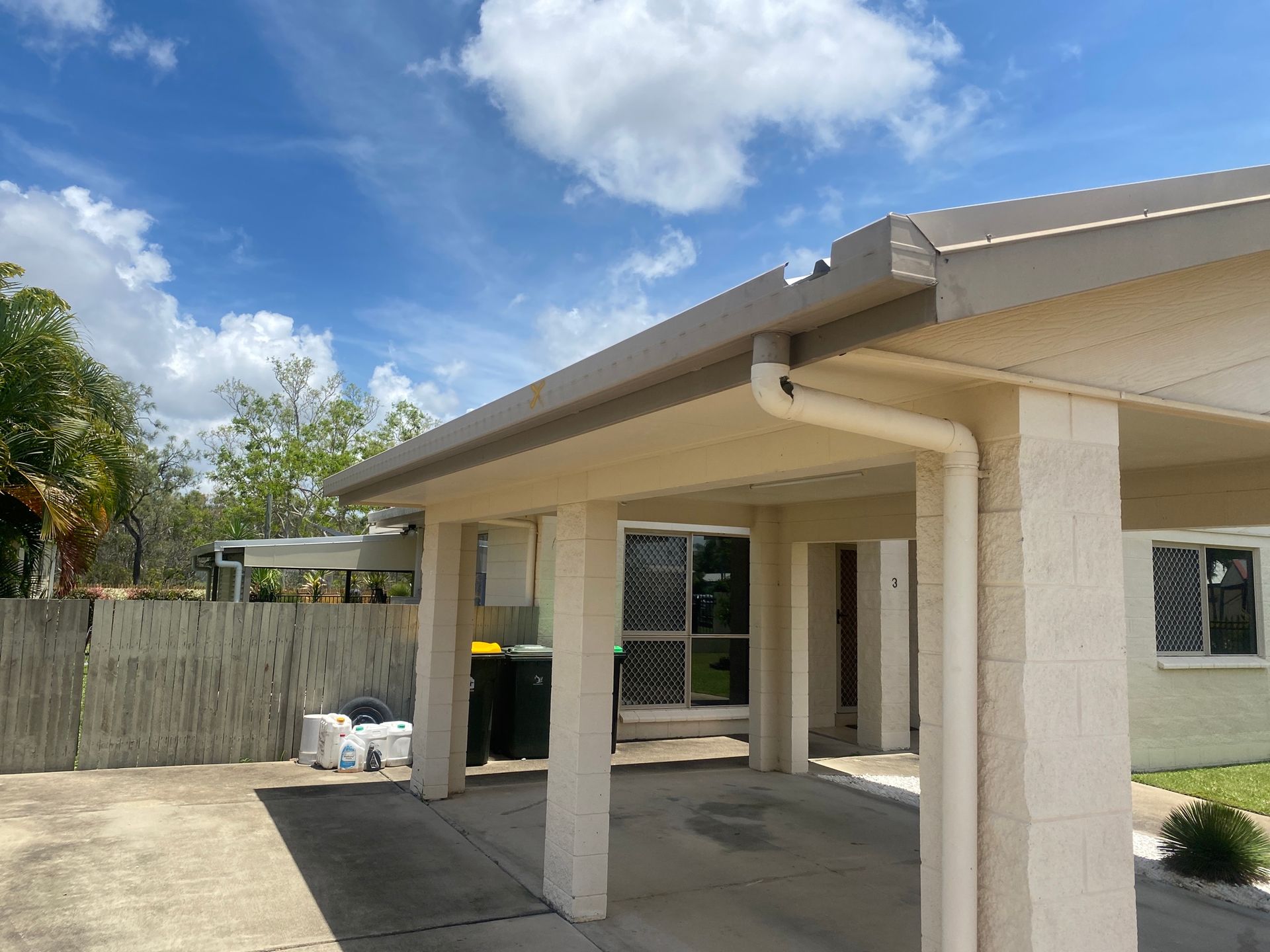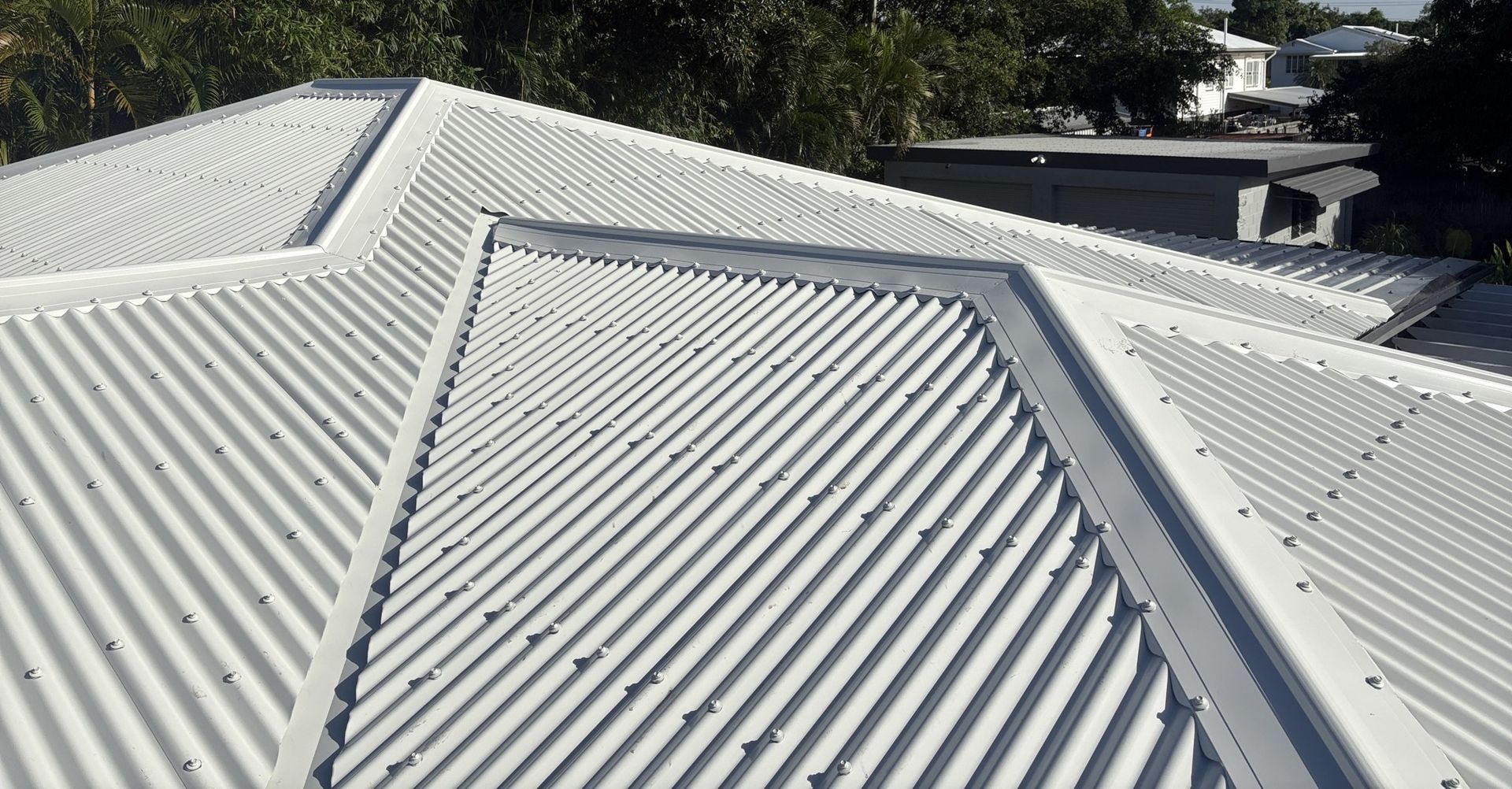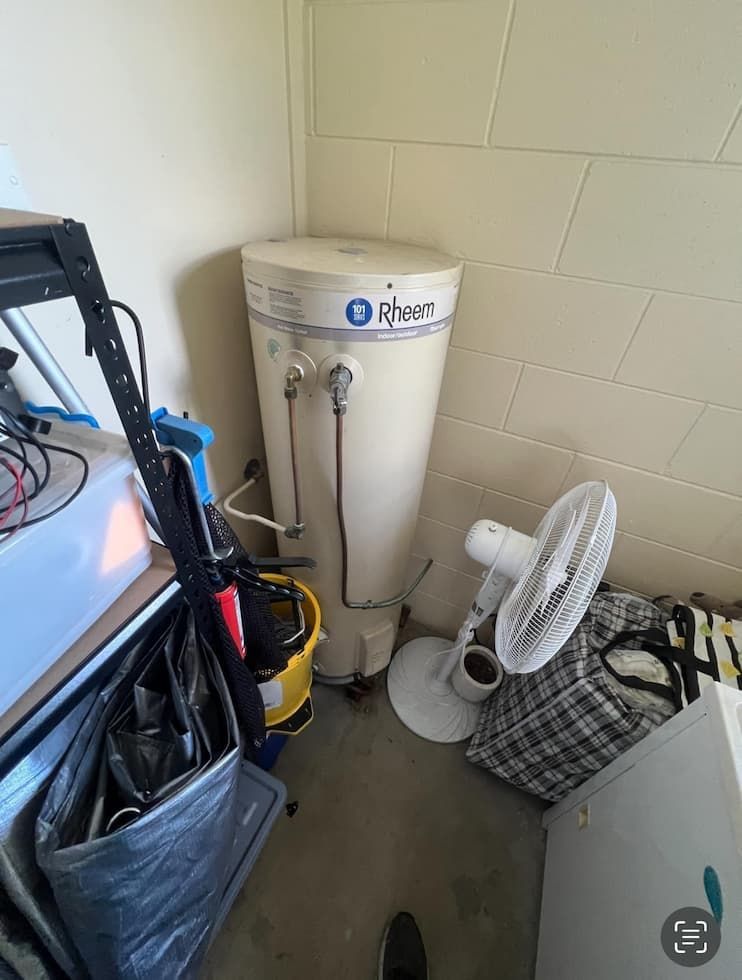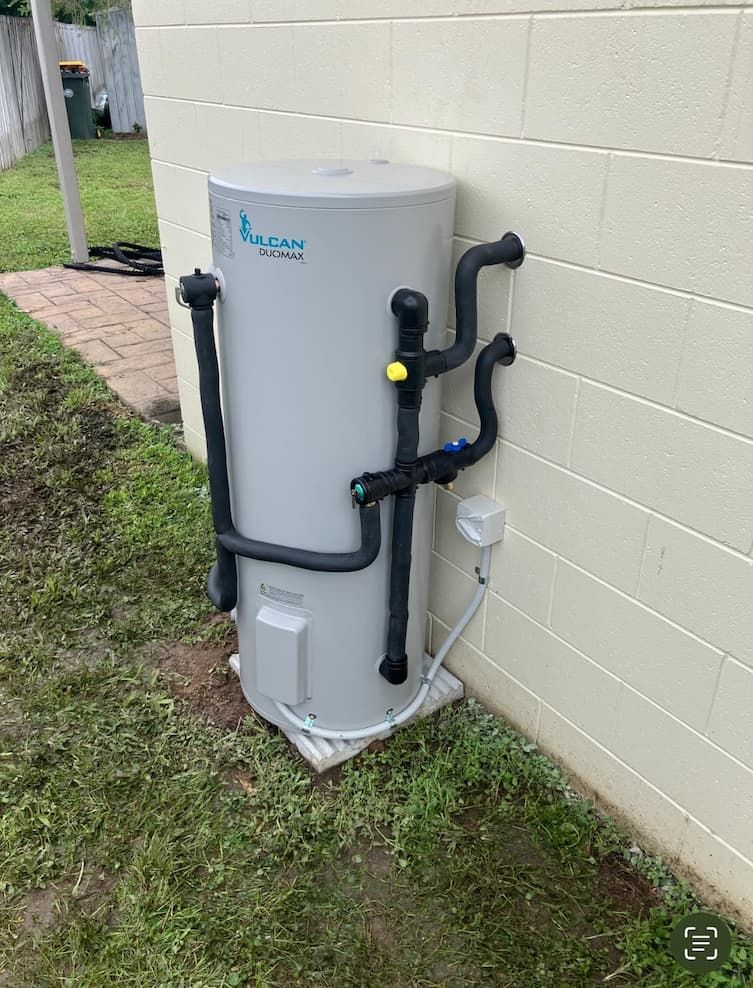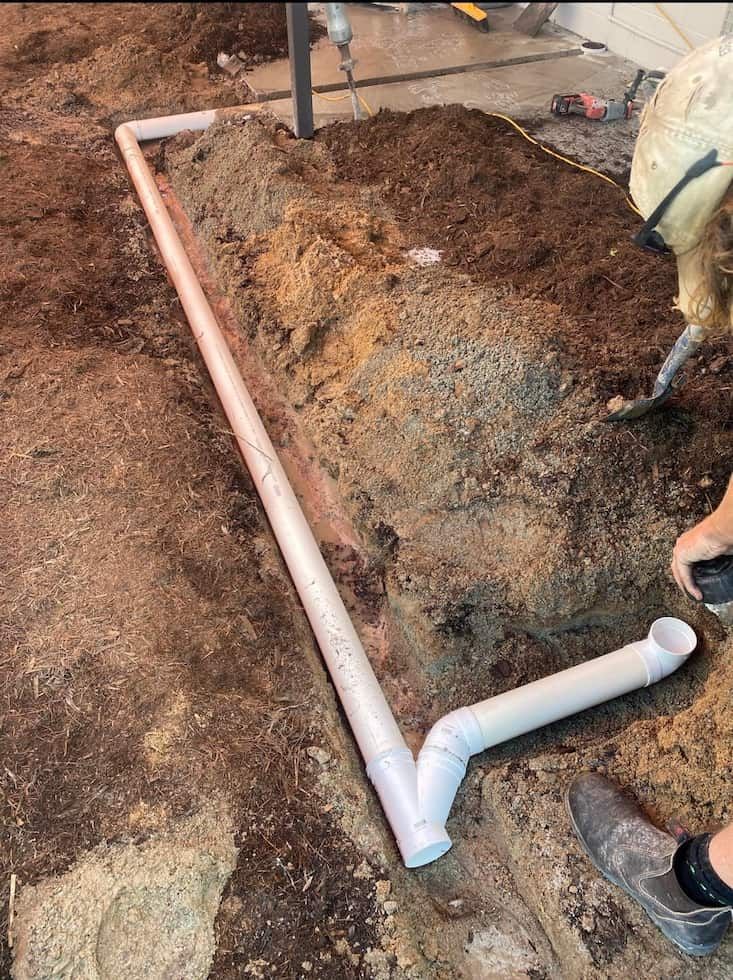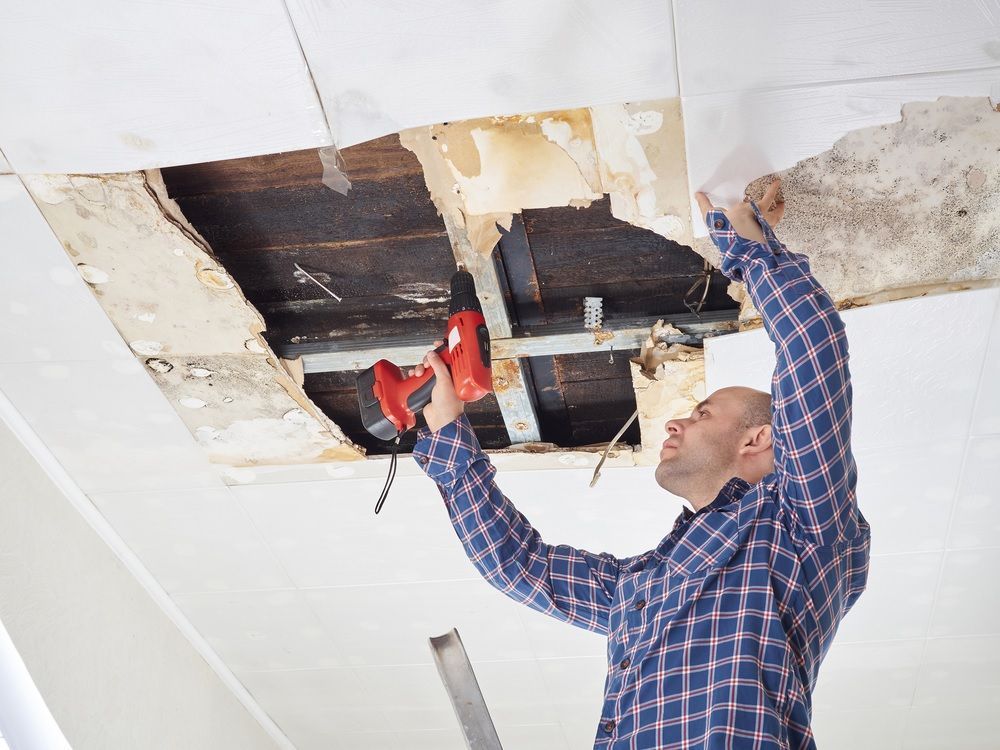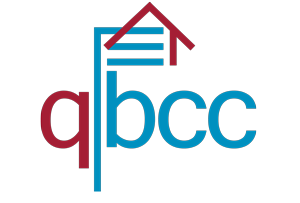What to Expect During a Pre-Cyclone Roof Inspection
Be Prepared, Not Surprised

Living in North Queensland means enjoying the tropical climate, coastal lifestyle, and beautiful scenery—but it also means preparing for cyclone season. One of the most effective ways to protect your home or business is by scheduling a pre-cyclone roof inspection. These inspections help ensure your roof is structurally sound and ready to withstand heavy rain, strong winds, and flying debris. In this blog, we’ll walk you through what a pre-cyclone roof inspection involves, what roofers look for, and why it’s a smart move for protecting your property and saving on long-term repair costs.
Why Pre-Cyclone Inspections Matter
Roofing systems are the first line of defence during a storm. If your roof is compromised, it can lead to water ingress, internal damage, electrical hazards, and even structural failure. A pre-cyclone inspection identifies potential weak points before a storm hits, giving you time to make repairs and strengthen your property’s resilience.
In cyclone-prone areas like Townsville and the wider North Queensland region, this isn’t just good advice—it’s essential.
What Happens During a Pre-Cyclone Roof Inspection?
When you book a professional roofer for a cyclone-readiness check, they follow a detailed process designed to assess every key part of your roof. Here’s what you can expect:
1. Visual Roof Assessment
The inspection typically begins with a visual scan of the entire roof. The roofer will look for common signs of wear and tear, such as:
- Cracked or missing tiles
- Rusted or lifted metal sheets
- Loose ridge capping
- Sagging sections of the roof
- Mould, lichen, or moss growth
This step gives a quick overview of any obvious issues that could pose a problem during a cyclone.
2. Inspection of Fastenings & Fixtures
Cyclones bring wind gusts that can exceed 200km/h, so secure fastenings are critical. A roofer will check the condition and tightness of:
- Screws, nails & bolts
- Roof battens
- Cladding fixings
- Roof anchors & tie-downs
Loose or corroded fasteners are a red flag. If they’re not holding panels or tiles securely, parts of your roof could detach under pressure.
3. Gutter & Downpipe Check
Healthy gutters and downpipes are just as important as a secure roof. If they’re blocked or damaged, water can back up and overflow into your ceiling or foundation.
Your roofer will check for:
- Rust, sagging or leaks in guttering
- Debris blockages (leaves, twigs, etc.)
- Cracked or disconnected downpipes
- Signs of stormwater drainage issues
You may be advised to schedule a gutter clean or consider upgrades like leaf guards to improve performance.
4. Roof Penetrations & Sealants
Penetrations like skylights, vents, chimneys, and solar panel mounts are common entry points for water during heavy storms. The roofer will examine the integrity of flashing and sealants around these features, checking for gaps, cracking, or UV degradation.
If a penetration isn't properly sealed, it can lead to leaks that may not show up until after the cyclone—by which point you’re dealing with interior damage.
5. Structural Signs of Weakness
In some cases, the roofer may look for broader structural issues, especially in older homes. They’ll check for things like:
- Wood rot in rafters or battens
- Corrosion in steel framing
- Warping or uneven weight distribution
- Loose fascia boards or soffits
If any of these issues are found, the roofer may recommend a structural assessment or further reinforcement work.
What Happens After the Inspection?
Once the inspection is complete, you’ll receive a report outlining the roofer’s findings. This may include photos, severity ratings, and recommended repairs. Acting on these suggestions before cyclone season begins ensures your property is in its best possible condition.
In some cases, the report can also be used as part of an insurance file or maintenance log, which can be helpful when making a claim or selling the property in the future.
Save Now, Avoid Costly Repairs Later
Many people wait until a cyclone warning is issued to check their roof—but by then, it may be too late to book a professional or complete the necessary work. Scheduling your pre-cyclone inspection in advance gives you peace of mind and reduces the risk of emergency call-outs, damage bills, or insurance headaches.
Being proactive not only protects your property—it protects your safety.
Final Thoughts
If you live in Townsville or anywhere in North Queensland, a pre-cyclone roof inspection is one of the smartest investments you can make before storm season. By catching small issues early, you prevent them from becoming major (and expensive) problems when the next weather system rolls in. Don’t wait for the rain—book your inspection today and stay cyclone-ready.

